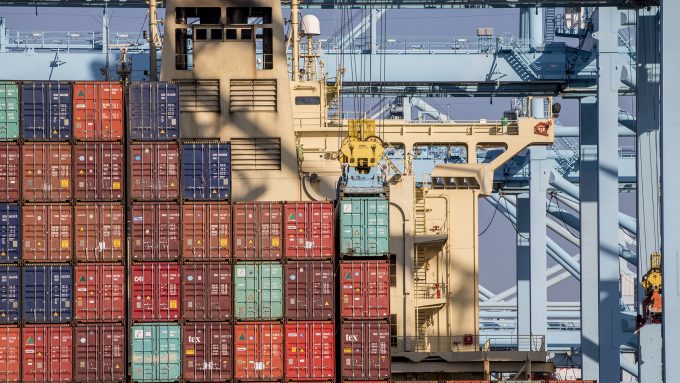
Container manufacturers are advising customers that they have reached capacity and won’t be able to accommodate additional orders until mid-October
7 months ago
Container manufacturers are advising customers that they have reached capacity and won’t be able to accommodate additional orders until mid-October

Drewry forecasts that 2024 will likely be the second-highest year on record for dry freight container production, as manufacturers are reporting fully booked order schedules.
Ocean carriers and container leasing companies have secured all available production slots with Chinese manufacturers until mid-October, following record-breaking second-quarter deliveries and July's production of over 850,000 TEU in dry freight and reefer containers.
This surge is largely driven by extended transit times for liner services due to the Red Sea crisis, which has forced Asia-North Europe loops to deploy 15 ships instead of the usual 11. This situation starkly contrasts with the previous year when the sector was grappling with a significant oversupply.
At that time, the global container pool, estimated at around 55 million TEU, was believed to be about 5 million TEU in excess, with many surplus containers sitting idle in depots worldwide, incurring high storage and leasing costs.
“In the first seven months of 2024, 1.4 million units were delivered, a tenfold increase from the 125,000 delivered in the same period of 2023,” Drewry reported.
The consultancy also highlighted that the availability of 40ft high-cube containers, the 'workhorses' of modern container shipping, has become increasingly scarce, as more containers are now required to move the same volume of cargo.
Other contributing factors this year include a strong export surge from Asia, particularly in the second quarter, and congestion at major container transshipment hubs.
Carriers have been compelled to significantly increase their orders for new equipment, pressuring Chinese manufacturers for timely deliveries, or risk losing market share to competitors with better container availability.
Hapag-Lloyd's CEO, Rolf Habben Jansen, outlined the carrier's strategy during a recent Q2 earnings call, noting that the company had not only chartered additional vessels to meet demand and mitigate longer transit times but had also invested over $550,000 in new equipment, marking one of the largest orders in the company's history.
“The turnaround time for containers is now unfortunately comparable to pandemic levels, meaning we can only use a container fewer than four times a year,” Mr. Habben Jansen explained.
Under normal circumstances, with efficient container management, carriers would expect to achieve an average utilization rate of at least five times per year.
Drewry also reported an increase in reefer container production in the second quarter, although the numbers remained consistent with trends observed in recent quarters.
The consultancy noted that the tonnage of reefer cargo on routes typically involving the Red Sea had decreased by more than 5% year on year, even before the onset of the current supply chain challenges.
Meanwhile, container leasing companies, which account for about half of the global equipment pool, are benefiting from the surge in demand. Triton, the largest of these companies, with a fleet of approximately 7.1 million TEU, reported that it had “booked over 600,000 TEU to our shipping line customers in the first six months of the year, helping to address significant supply gaps.” The company also reported utilization rates of over 99% for its container pool.
Source: TheLoadstar